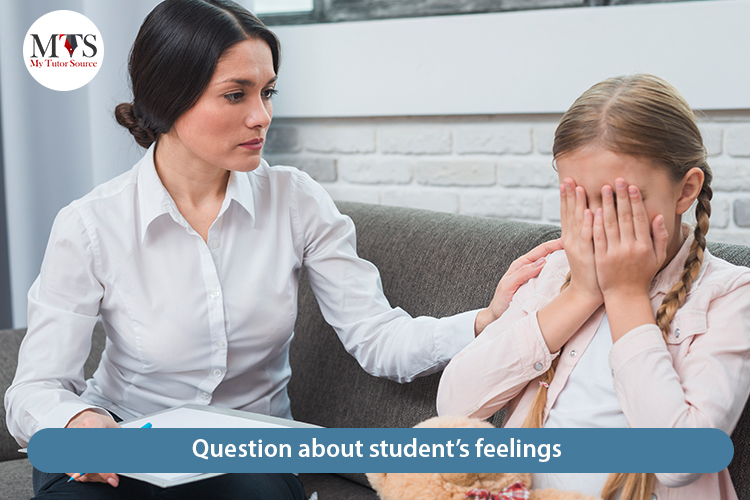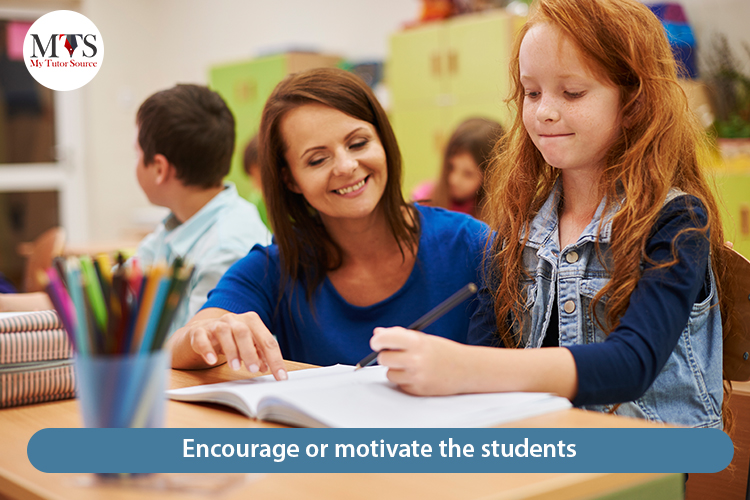

Some incidents happen in life that turn an individual, whether a kid or an adult, into an aggressive person who yells, throws items, passes negative comments, gives threats, swears, fights, and becomes violent to express their emotions or prove their point. Some even have leg shaking, fist-clenching, crying hard, fidgeting, and other anxiety-ridden movements. Nowadays, education sectors are facing a sharp rise in aggressive student behavior, and the reason behind it can be anything. Some teachers have left their jobs because they weren’t aware of such human behavior, and also, some were not trained to use de-escalation techniques to calm the situation.
It is time to train the teachers on how to use deescalate techniques or strategies when they encounter any aggressive student behavior. The role of the teacher doesn’t end at just calming the situation, but it’s their responsibility to understand their root cause and help them get rid of these emotions and live a normal life.
In this blog post, we have mentioned the most effective de-escalation strategies or techniques for children that should be used to maintain the discipline of the learning environment and control the student’s aggressive behavior.
Ask the student to breathe slowly for a moment and let the student regain their calm. Give them time to get back to their normal senses. Don’t put any type of pressure on the disturbed child’s mind.
Don’t rush or react back. Ask kindly like; how they are feeling; what’s making him act so, what’s going in their mind. Be polite with your tone and wait for answers patiently. Being an elder, it’s your responsibility to understand what is bothering them.

If a student has anxiety-ridden movements, try to know what’s going on in their body. Read the student’s history, discuss it with their parents. If they take any medications or do any exercise to rest up their muscles, help them in the healing process.
Make the students feel happy, remind them that they deserve to be happy and excited. Let the student close their eyes while you give them positive feedback for settling down.
While showing negative emotions, redirect their thoughts. Start speaking of something that makes them happy. It could be anything like how they feel when they eat their favourite ice cream flavour, how happy their grandparent’s home makes them, or anything related to their happiness.
If a student threatens more often, calm them down first and then talk to them about how bad the consequences of threatening others would be. Discuss with them; teach them how to express their anger without risking others or making anyone feel unsafe.
Let the student go out of the class and breathe in fresh air or have a walk around. Meanwhile, talk to them. Ask them to share their happy experiences with you. Or give them some alone time to collect their thoughts on their own or pull themselves together. It’s better to set them free for a while.
Do not yell or shout back to the student who yells. Keep your responsive tone soft and polite. Don’t use harsh words or rude phrases to stop them; instead, reassure them that it’s okay to act a certain way. Be kind to them.
If a student hits or throws something when they lose their temper, avoid hitting back. Do not abuse the student verbally or physically. It can worsen the situation. Remind them of the rules of school politely like violence, hitting or fighting is not allowed.
If you alone fail to deescalate such behaviour, stop trying hard. Ask for help, and it’s better to take any risk.
Make a joke, an appropriate joke to calm down the whole class atmosphere. Avoid saying any sarcastic stuff that feels like a personal attack on anyone. Choose your jokes wisely.
Ask the fellow students around to walk away or keep a distance so nobody gets harmed. Tell the kids it’s normal human behaviour that can improve or change. If you feel unsafe by their position, ask them to sit down or move somewhere else so you both can have a talk and figure out the solution.
Do not take such behaviours or incidents lightly; report the case to school authorities and administrations. Inform their parents immediately. Schools should ask parents before admission if their kids have such aggressive behaviour symptoms or anything, so the school staff stays alert.
Ensure the students that you listen to them or have all your attention don’t make them feel unwanted. Rare are the cases when students talk about their emotional crisis or trauma if anyone does so. Be an active and good listener.
Show more of your empathy, try to restate the problem, and ask for permission if you want to move away or forward.

Based on my 40 years of experience, research, and field-testing, there is only one effective way to deescalate an angry, upset student. A teacher must:
Ignore the angry words.
Read the student’s emotions and feelings.
Reflect those emotions and feelings to the student with a “you” statement.Nothing else will work. This idea is based on brain scanning studies that show how the human brain responds to affect labelling, an implicit form of emotional regulation.
Douglas E. Noll, JD, MA
Use motivational phrases and encourage them for the good they can achieve or are capable of. Tell them this happens to you too, and you can help them fight these emotions or behaviours. Keep your remarks positive about these students so this may not damage their self-esteem.

Suppose the student shares that they want to get rid of their attitude or emotions. Show your willingness to find the solution for them. Earn their trust.
Try to understand the student’s perspective or view things and say ‘I understand’ or ‘I see your point’ in between the conversation. Make use of humble phrases like ‘let’s talk about this, ‘you got my back, ‘I am always here to help you,’ and others.
When a person with aggressive behaviour starts talking, even If you don’t like some points they are sharing, do not interrupt or overreact.
If student behaviour is because of their higher expectations from no matter whom, clarify them. Discuss how bad it could be for their relations.
Apologize if they find any act or word offensive. Even if you are not wrong or just they have taken it wrong, still apologize and teach them politely what was your concern or meaning behind it.
Distract them with the objects they love, and it could be anything, their favourite toy, book, or a stationary item. Ask why it means so much to them.
No matter what you do to keep the situation calm and safe, avoid your need to get the last word. Give such students time to heal and wait patiently for the changed behaviour.
Set your limits with them; tell them you will only play with them if they do not threaten anybody next time. Or you can ask them to stop swearing, and then you will listen to their side of the story.
Take them out to the canteen or café and get them something to eat or drink.
Guide such student’s parents to take them to the school psychologist or any other outside. Psychologists know how to detect the root of a child’s aggressive behaviour or emotional trauma. They also help children and adults work through traumas, behavioural changes, and other abnormalities.
Ignore the wrong words or abusive activities and forgive. This de-escalation technique is the best you can use on them.
Announce a punishment to fellow students if they try to make them feel bad or bully them for such behaviour. The punishment should be minor, harmless, with a positive lesson.
Teach them what’s wrong or right with specific examples and ask them to make a choice.
Once I learned this trick, I was able to help calm upset kindergarten students in minutes, sometimes seconds. Here’s the biggest teacher hack: ask them to blow bubbles. I began storing small containers of bubble solution in my desk drawer, and when students would get upset, I would ask them if they would like to blow bubbles.
Instead of begging them to take deep breaths, blowing bubbles requires them to take big breaths, which has a physiologically calming effect. There isn’t a 5-year old I’ve ever met that doesn’t want to blow bubbles, especially when it’s not something every other child gets to do.
As an experienced kindergarten teacher, I had tried everything from setting up a calm corner to having teddy bears to hold to giving kids hugs and words of affirmation. Most of the time, those solutions didn’t work, or if they did, they took lots of time! Enter-bubble blowing, the teaching hack that has helped me in the classroom and as a parent.
Ashley KZ Showell creator of Forwardwithfun.com
Befriend such students, assure them they always have your side and do not leave them alone in this situation. They can even harm themselves.
Once they are back to normal, ask them open-ended questions. Start your conversation as ‘ I know you are not like this, you were just angry and I really want to understand why or what you were feeling.’
Know that such behaviors are not a fatal disease or anything; it is just an aggressive, angry, or upset student with any horrible past incident or history. Teachers and parents can use these mentioned de-escalation techniques for students to bring them back to normal. If you can’t do anything in this chaotic situation, then just be an active and polite listener; this is the simplest de-escalation strategy so far.